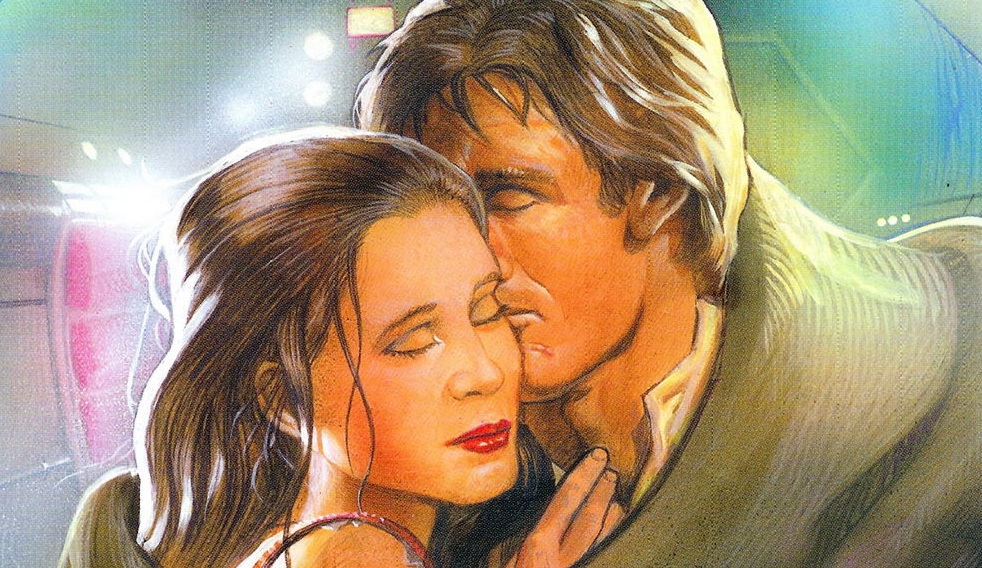
Last February, Claudia Gray, author of Lost Stars and the imminent (and hotly anticipated) Bloodline, dropped a bomb into the Star Wars shipping community when she declared her affection for Reylo—in other words, the notion of a romance between Rey and Kylo Ren. While Reylo is a divisive prospect for a number of reasons, in particular the characters’ potential family ties and the overtones of sexual assault in Kylo’s mental torture of Rey in The Force Awakens, the reactions of many of her fans on social media was, well, staggering to me.
While likely a small number in the grand scheme of things, numerous people were appalled, declaring they no longer planned to purchase Bloodline, and even attacking Gray’s character. She spent the next day or so tweeting at length on the subject, responding generally and to several specific individuals, and to my mind, made a lot of great points both on Reylo and on shipping in general.
To be clear, I can’t get my head around Reylo myself. Nor am I particularly into Kylux [1]Kylo and Hux or Stormpilot [2]Finn and Poe (though Poe is one hundred percent not straight). But I have latched onto certain Star Wars couples over the years, both actual (Tycho and Winter) and prospective (Jacen and Danni Quee), and one thing I do know from experience is that you can’t always explain what appeals to you and why. Like Grey said, it’s complex stuff full of emotional baggage from real life—that’s why people can feel so strongly about it. But you certainly can’t draw a straight line from somebody’s ship to their real character or values; what’s therapeutic for one person can be triggering for someone else. Two people with similar backgrounds can have completely opposite reactions to, well, any story beat or overtone, romantic or otherwise. What I love the most about Star Wars is how one thing can attract such a huge amount of fans for so many varied reasons, and a ship is a microcosm of that—saying “Reylo fans condone abuse” is like saying Han Solo fans condone drug running. Read More
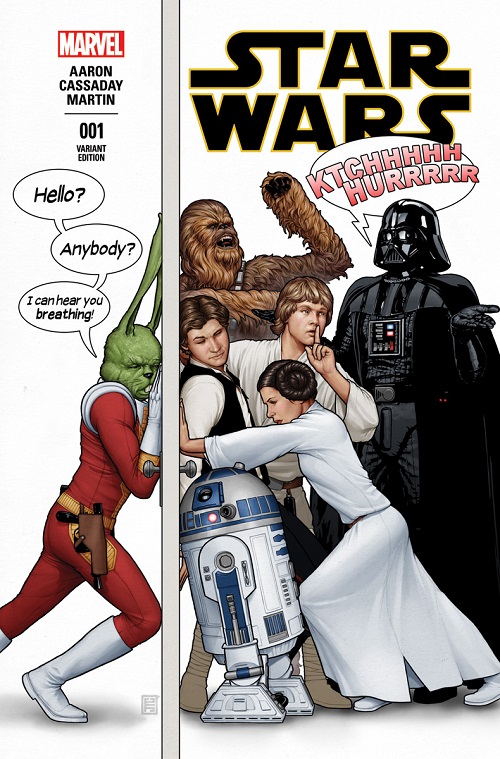 Mike: When I was first acquainting myself with the Star Wars franchise in the late nineties, the volume of Expanded Universe material I felt it necessary to catch up on was already quite daunting—most of a decade’s worth of novels and comics were already out there, and more were arriving all the time. Luckily, one huge batch of content was pretty widely regarded as not worth my time: the original 107-issue Marvel Star Wars comic series. Having run from 1977 to 1986, it was more than a decade out of print by the time I laid eyes on A New Hope, and to say the stories had fallen out of fashion during the peak of the Bantam era would be an understatement. So for a long time, I didn’t see a reason to go anywhere near them.
Mike: When I was first acquainting myself with the Star Wars franchise in the late nineties, the volume of Expanded Universe material I felt it necessary to catch up on was already quite daunting—most of a decade’s worth of novels and comics were already out there, and more were arriving all the time. Luckily, one huge batch of content was pretty widely regarded as not worth my time: the original 107-issue Marvel Star Wars comic series. Having run from 1977 to 1986, it was more than a decade out of print by the time I laid eyes on A New Hope, and to say the stories had fallen out of fashion during the peak of the Bantam era would be an understatement. So for a long time, I didn’t see a reason to go anywhere near them.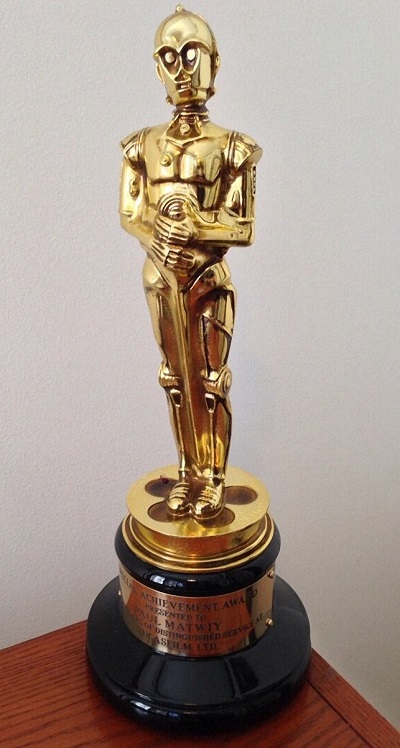
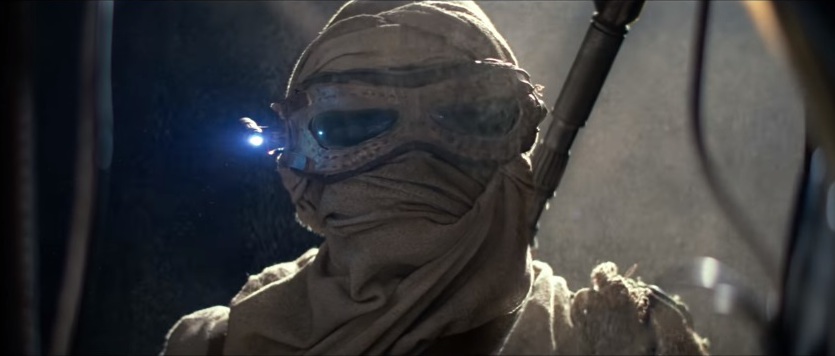
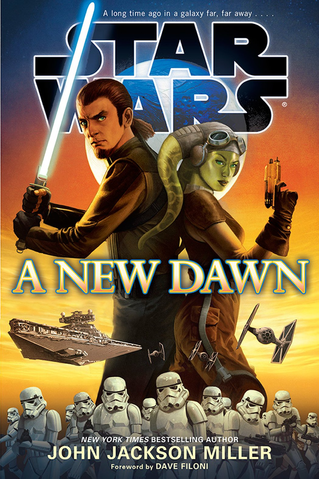 Now that we’ve all had well over a month to digest the Force Friday releases, some big-picture reactions are taking shape. Recently Jay elaborated on how the Servants of the Empire series
Now that we’ve all had well over a month to digest the Force Friday releases, some big-picture reactions are taking shape. Recently Jay elaborated on how the Servants of the Empire series 